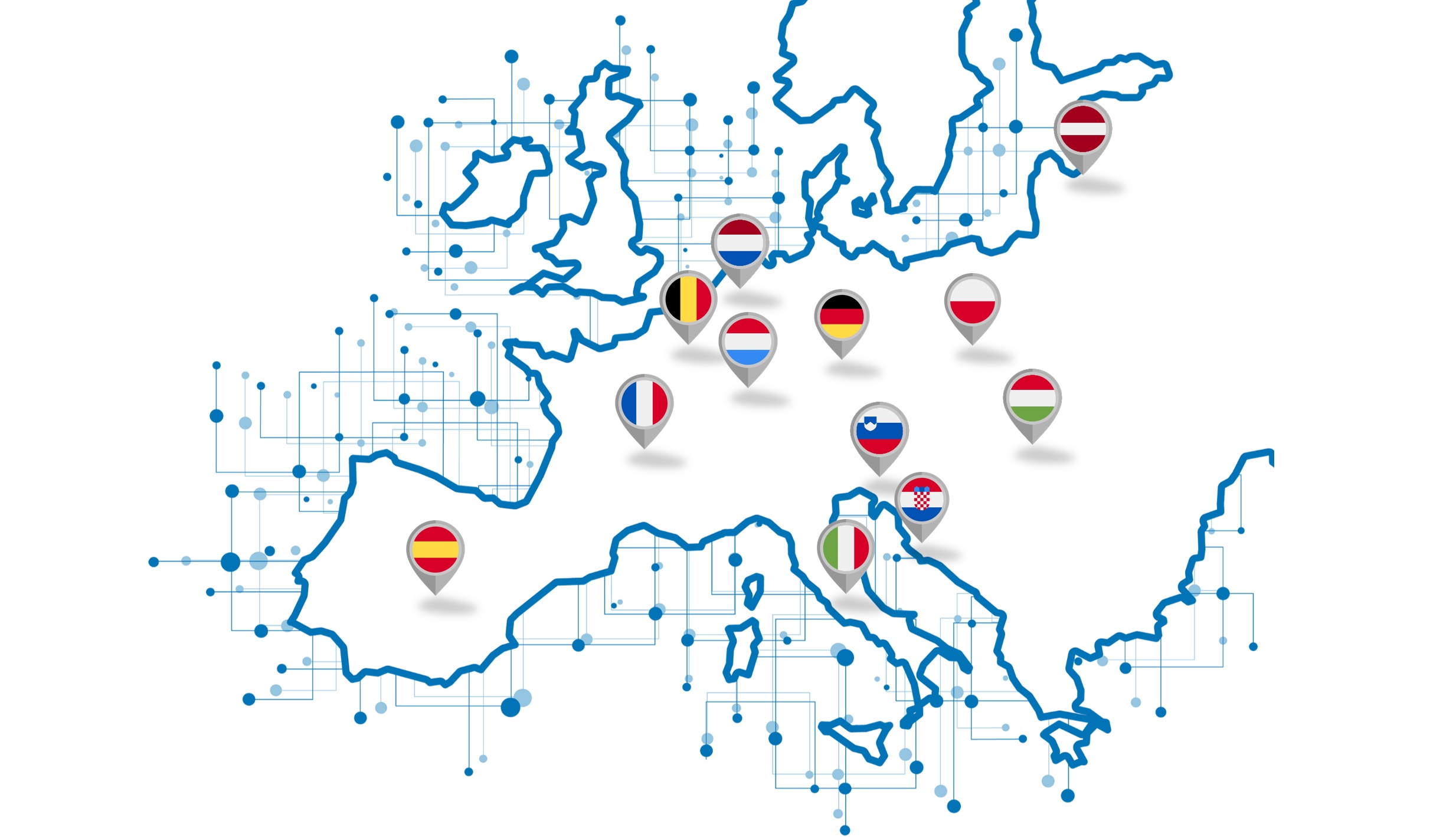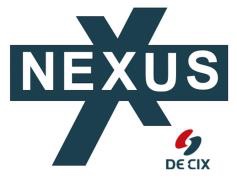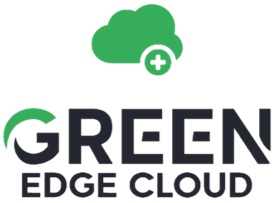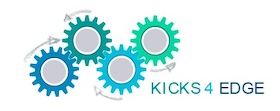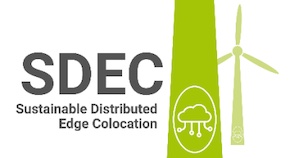What is at stake?
The cloud market is currently dominated by a few large companies from third countries, while European providers are highly fragmented and account for less than 13% of the global market. This leads to issues such as a lack of scalability, interoperability and transparency in the offerings. This situation has a negative impact on competition and hinders the full utilisation of the high innovation potential of the European economy.
Current surveys show that companies increasingly want to work with European providers. According to an IDC study, 95% of companies consider it a problem to manage unstructured data. 42% find it very worrying that the market is dominated by American players. European industry's demands on cloud infrastructure are constantly increasing, especially in areas such as real-time capability in industry and for autonomous driving. At the same time, data security and compliance with the European General Data Protection Regulation are of great importance to companies. In order to strengthen the competitiveness of the European economy, the IPCEI-CIS was launched as a project of the highest strategic relevance and an essential part of the implementation of the European industrial strategy.
